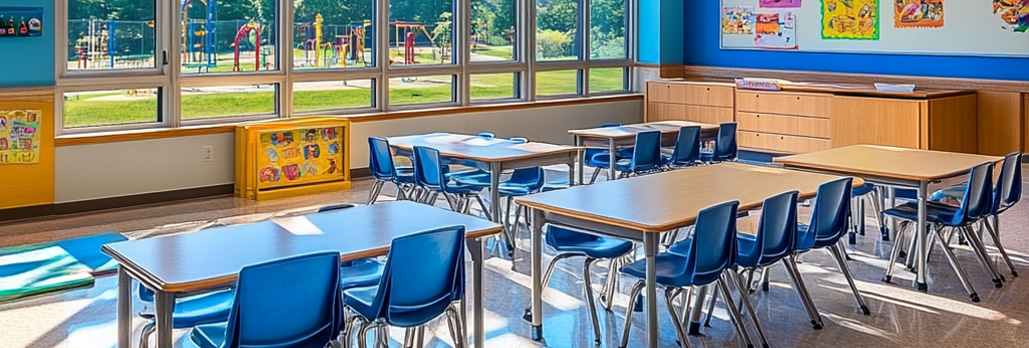

By David Newman, Energia
Window Film Reduces Heating and Cooling Loss in Older School Buildings
Older school facilities face a dilemma when it comes to achieving a balance between maintaining building temperatures while meeting the desire for greater natural lighting. Facilities that are 10 years and older may have been built with windows that do not contain the type of factory-installed solar protection that is now required by modern building energy codes.
The same culprit is responsible for both heat gain and heat loss – radiant solar heat and UV energy. During the warmer months, too much solar heat comes into the school buildings through older, often single-pane, single hung and fixed unit windows, heating up hallways and classrooms and making for an uncomfortable learning environment. During fall and winter months, too much radiant heat escapes through these same windows, making the building feel colder and requiring staff to turn up heating throughout the school buildings. Multiplied across multiple buildings within a district, this can add up to a large and unnecessary fuel bill.
But a simple, low-tech solution is able to reduce both extremes while preserving natural lighting.
We have worked with many school districts that support older buildings to apply a special ceramic film directly to the inside of the window. This film – we typically use a product called Vista Radiance VE50 CDF – is easily and safely applied using soap and water, it’s not glued on in any way so it can be easily removed or reapplied when needed.
Benefits Clear, Distortion-Free (CDF) window Film
The beauty of this ceramic film lies in its CDF acronym which stands for Clear, Distortion-Free. The ceramic film blocks solar heat and UV light while allowing direct, natural light to enter the windows. Here are a few of the benefits this simple produce provides to extend the life and reduce energy waste in school buildings:
Aging infrastructure in our school districts is often a cause for multiple concerns, including lighting, heating and cooling. This simple fix is an appropriate solution that can help ease the burden of high energy costs due solar energy heating and radiant heat loss.
Energy Efficiency & Cost Savings
- Rejects up to 57 percent of solar energy. This keeps interiors cooler in summer, reducing the need for air conditioning and lowering energy bills.
- Retains heat in cooler months. This type of ceramic film has “low-e” properties that help to keep heat inside during winter, further contributing to energy savings.
- Designed for colder climates. The CDF film is specifically engineered to address the challenges facing colder regions, maximizing energy efficiency year-round.
UV Protection & Preservation
- Blocks over 99% of UV rays. This protects furnishings, flooring, and artwork from fading and sun damage, prolonging their lifespan.
Comfort & Aesthetics
- Reduces glare. Building interiors become more comfortable by minimizing harsh sunlight and glare.
- Optically clear. One of the key aspects of the film is that it provides all of the protection described, while maintaining a clear view without compromising natural light.
- Advanced color-stable technology. This ensures the film remains clear and doesn’t discolor over time.
Aging infrastructure in our school districts is often a cause for multiple concerns, including lighting, heating and cooling. This simple fix is an appropriate solution that can help ease the burden of high energy costs due solar energy heating and radiant heat loss.
Learn more about energy savings opportunities for your school district and contact Energia today for a discussion about how your district can take advantage of these opportunities for savings.
